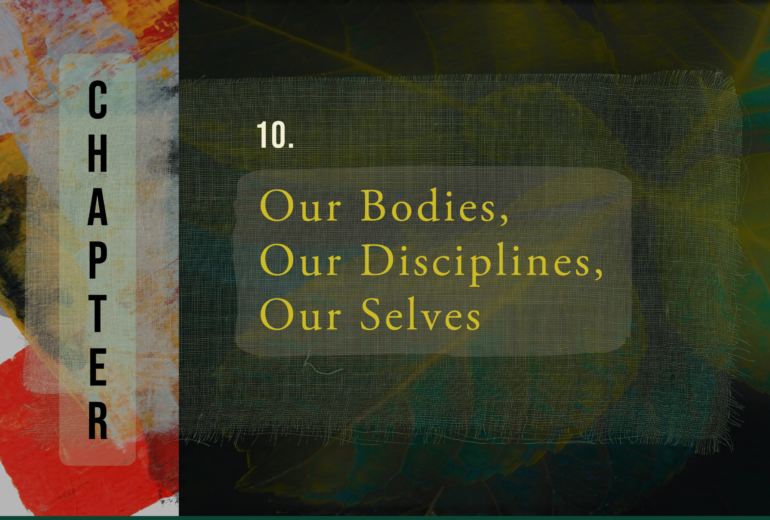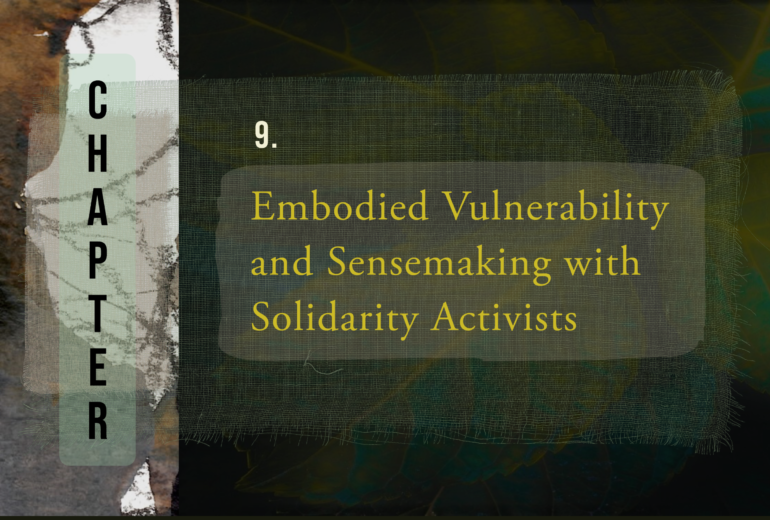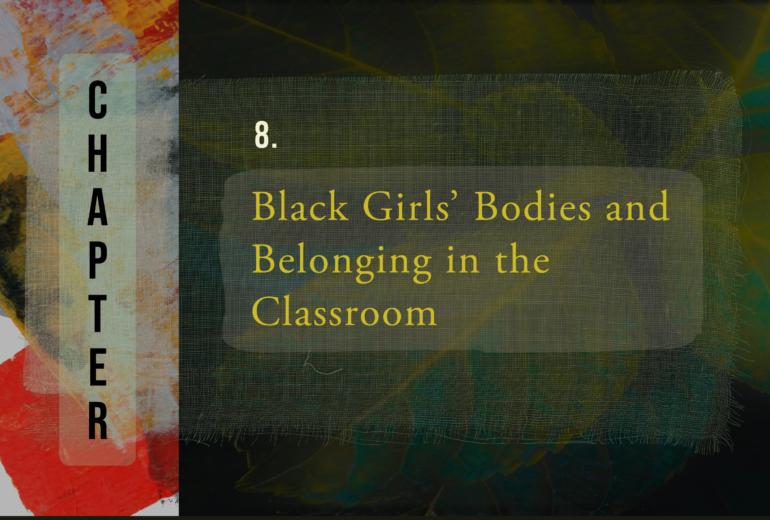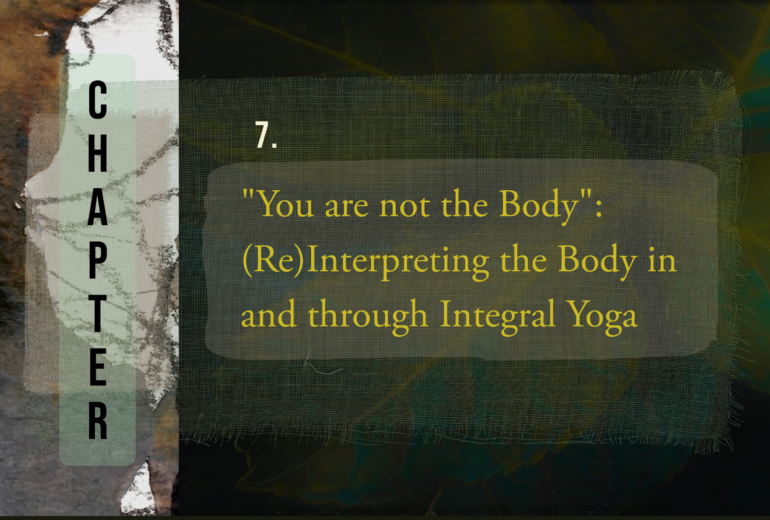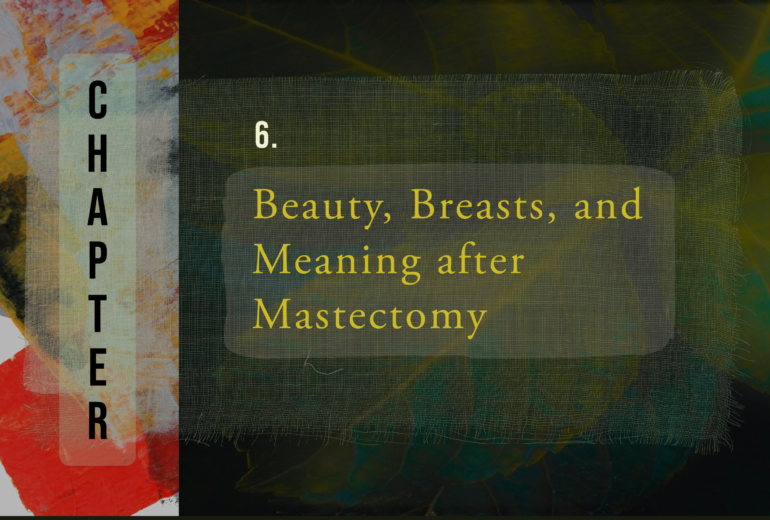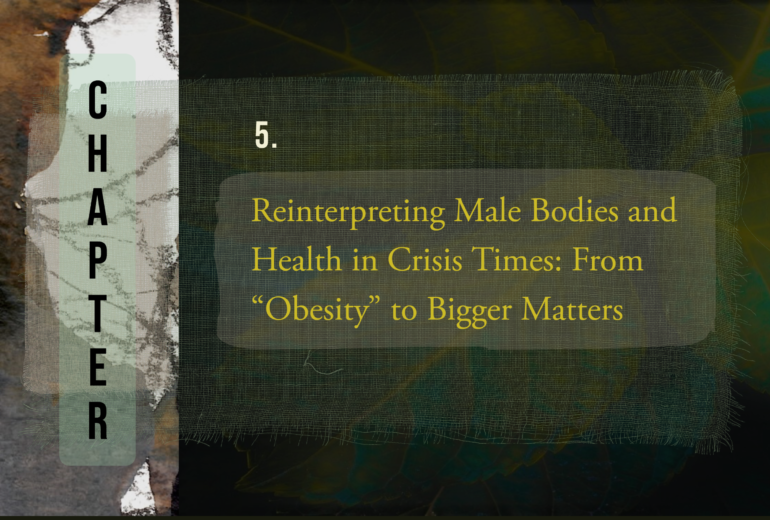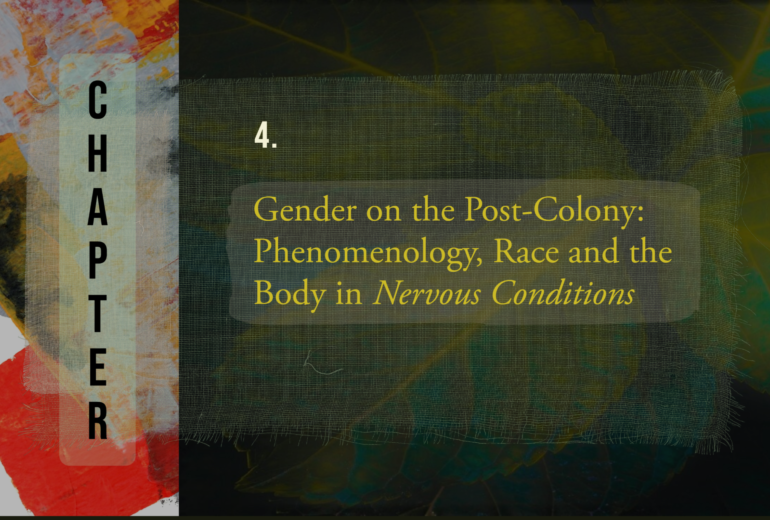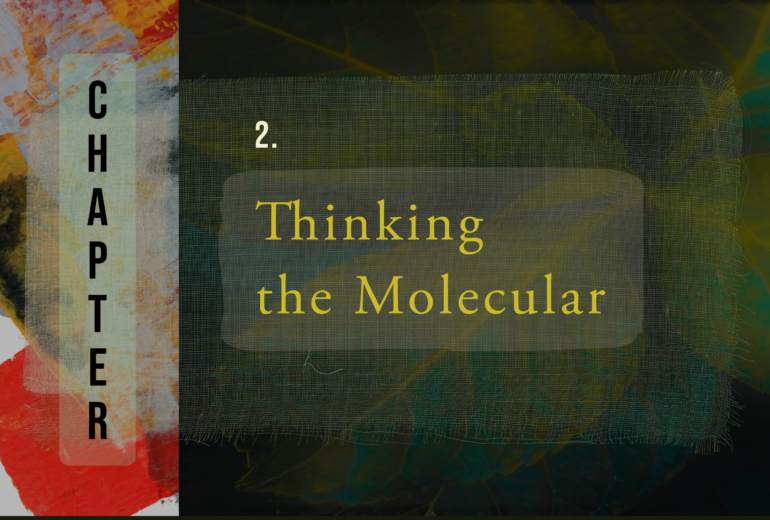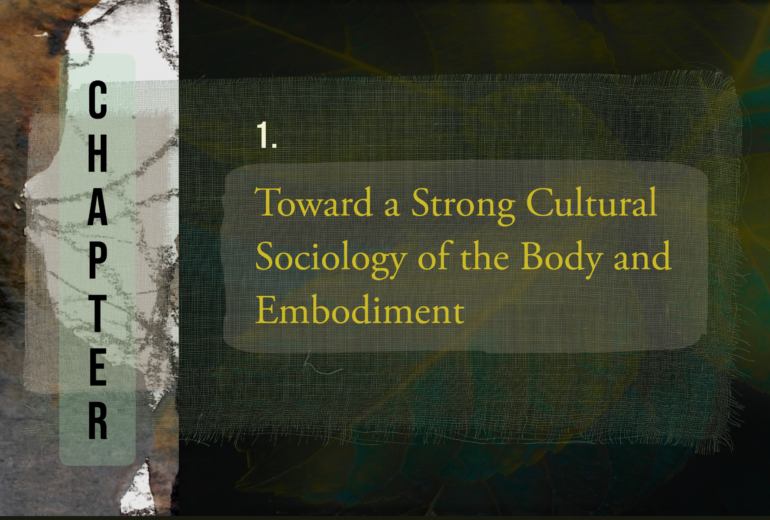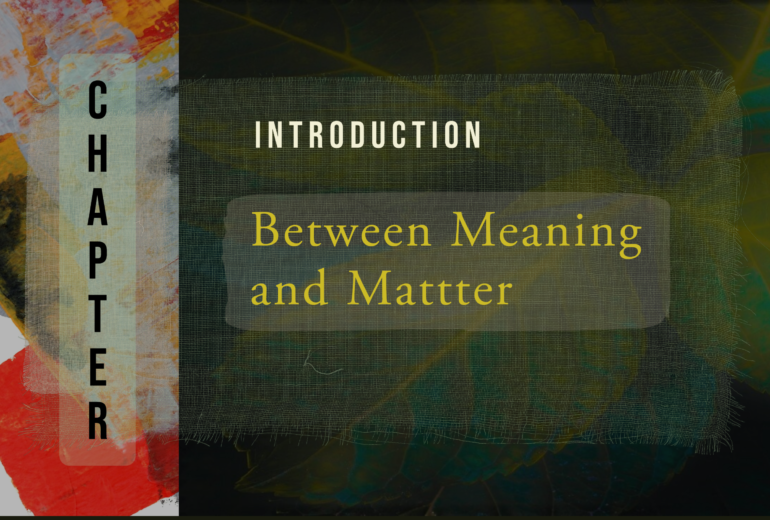by Annemarie Jutel – In this retrospective reflection, sociologist of diagnosis Annemarie Jutel reflects on the progression of her academic thought vis-à-vis Drew Leder’s theories about bodily disappearance, highlighting the embodied nature of academic scholarship. In the same way that the body of the transcendent subject is not perceived, for it disappears in favor of …
